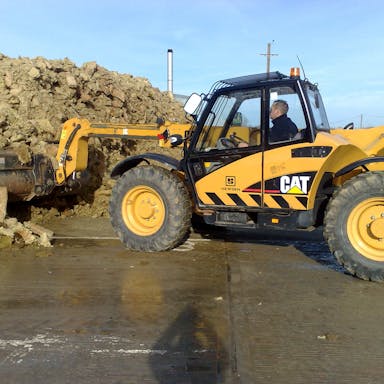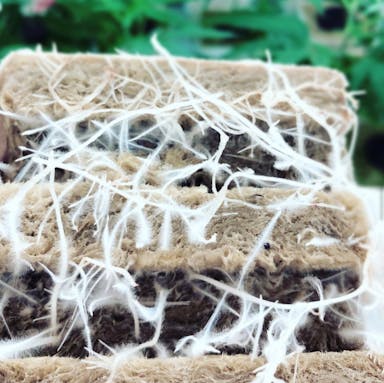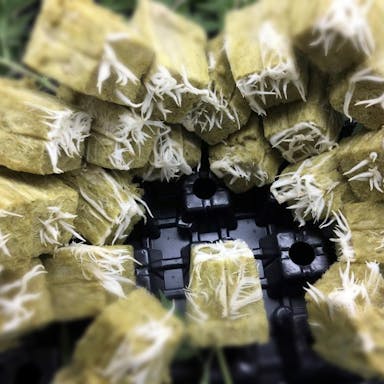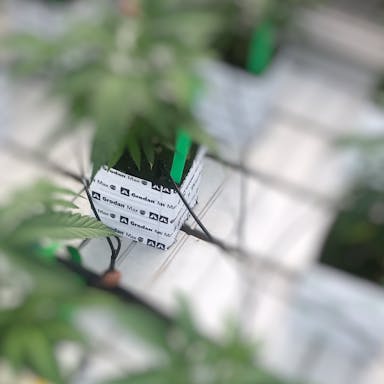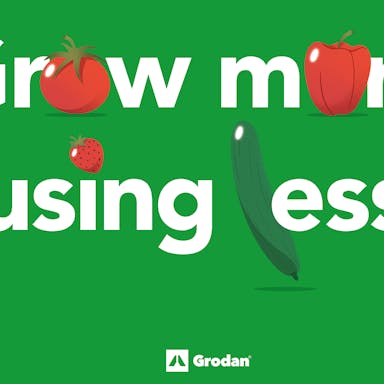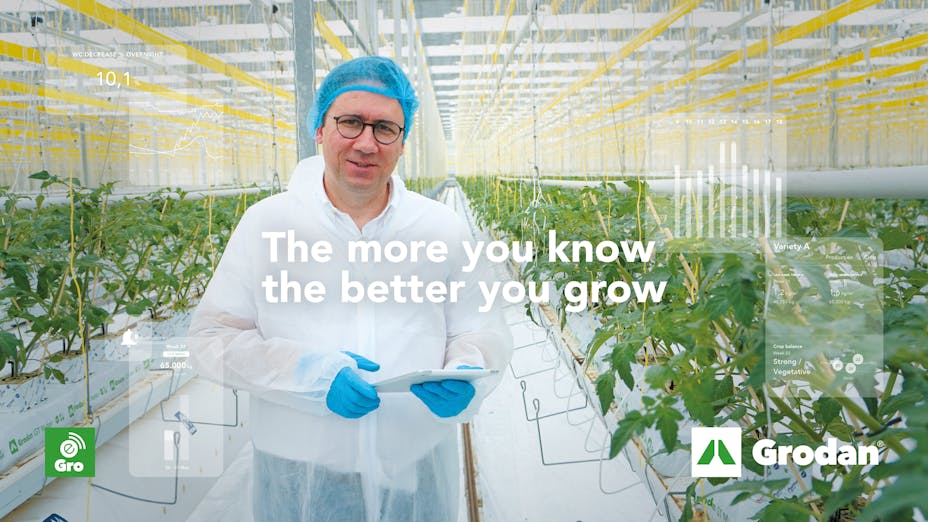As I mentioned in my previous blog, nearly everything related to plants, their growth and the rootzone as well as climate conditions can be collected as usable data. This can be done manually, which is time-consuming and prone to errors, or via high tech systems such as sensors and images. There is so much data available, but what to do with it? And how do you combine the best of both worlds, using valuable insights from plant science and data science within the greenhouse?
Plant science vs. data science
Plant science dates back to ancient times, but data science is relatively new. Plant science is a classical science involving the plant physiology, genetics and the growing of the crops. It’s structured and systematic. On the other hand, data science is the science of extracting useful and actionable knowledge from raw data. Data science can be seen as more of an art form, without set rules.
What brings them together is that they both make use of the latest technology and contain a strong research element. Data science can be combined with almost any science or domain, such as medicine, finance, astrophysics, and so on. When data science practices are combined with dynamic plant science, magic happens. The grower has more reassurance and can do more while using less (water, fertilizer and chemicals). This combination can give us a better crop quality, more yield, and more efficiency in the greenhouse.
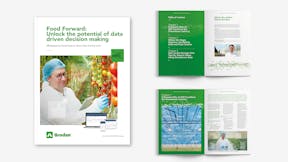
Where the magic happens: unlock the potential of data driven decision making
Data science and AI technologies present us with so many opportunities to collect and mine data in the greenhouse. This paper will help you begin your journey to get the best out of your greenhouse data. There’s a bright future ahead!
